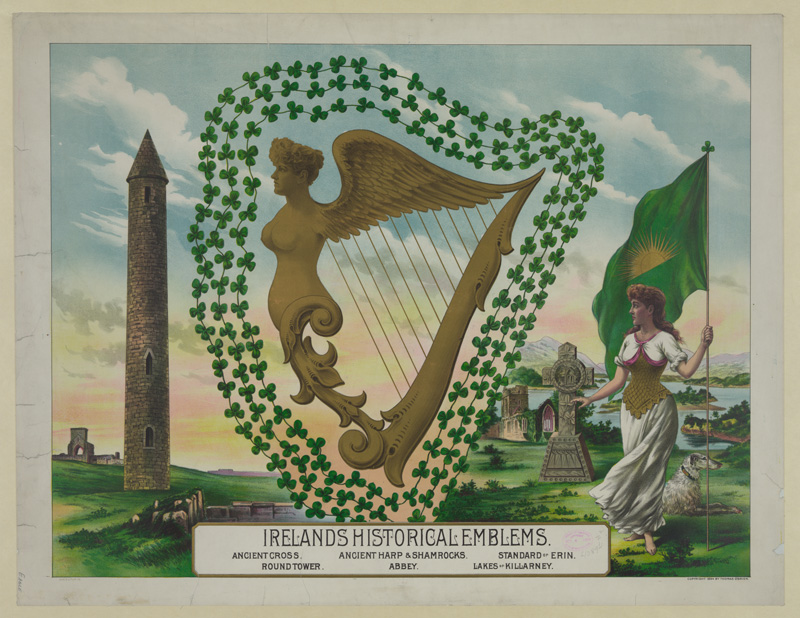
Each March 17th, people of all cultures all over the world come together to celebrate Irish culture. We wear green, go to parades, attend church services, and eat corned beef & cabbage (and sometimes slurp down a “shamrock” shake, if you like green-colored milk). But how much do you really know about origins of the holiday that honors a fifth-century missionary?
From Enslavement to Sainthood
Saint Patrick was born Maewyn Succat in a town called Bannavem Taberniae, which is not in Ireland. It was somewhere else in Western Europe. Some historians say it was in Wales while others say Scotland. Succat’s family was wealthy, but he was kidnapped when he was sixteen by Irish Raiders. (After the fall of the Roman Empire, pirates from Ireland began to raid the Roman territories throughout Europe, forcing people into slavery.) Succat’s captors took him back to Ireland where he was forced to work as a sheep herder.

For the next forty years, Patrick devoted his life to converting the people of Ireland to Christianity. He reportedly used the three leaves of a clover, now symbolized as a shamrock, as a way to represent the three parts of the Trinity (God the father, Jesus the son, and the Holy Spirit).
Before the 10th century, there was no formal process for determining sainthood like there is today. The faithful remembered well-regarded Christians and ask them in prayer to help them. St. Patrick remains one of the most popular saints of all time. Irish citizens began celebrating St. Patrick with annual feasts shortly after his death, but the Catholic Church’s officially put it on the liturgical calendar in the early 1600s, where it became a “holy day of obligation.”
How We Commemorate St. Patrick Today
The first-known “St. Patrick’s Day” observance (on March 17th for St. Patrick’s death date) was actually held in the United States. Boston, Massachusetts, as well as New York City, had become a popular destination for Ireland’s immigrants. In 1737, the Charitable Irish Society of Boston held its first commemoration of St. Patrick. Early observances were centered around charitable works for the Irish community in Boston, as well as a worship service and a special meal.
Over the years, parades have become synonymous with St. Patrick’s Day. More than thirty cities across the United States have an annual parade, but New York City claims to be the place for the “oldest, largest, and longest.” While there are a number of recorded occasions of what may be considered parades, the first “official” one was held in 1766.
When the great potato famine (1845 – 1852) drove thousands more Irish immigrants into the United States, the parade grew even larger. Even in today’s modern holiday there is still some devotion to St. Patrick’s earliest traditions. Corporate-sponsored balloons and floats, for example, are strictly prohibited.
